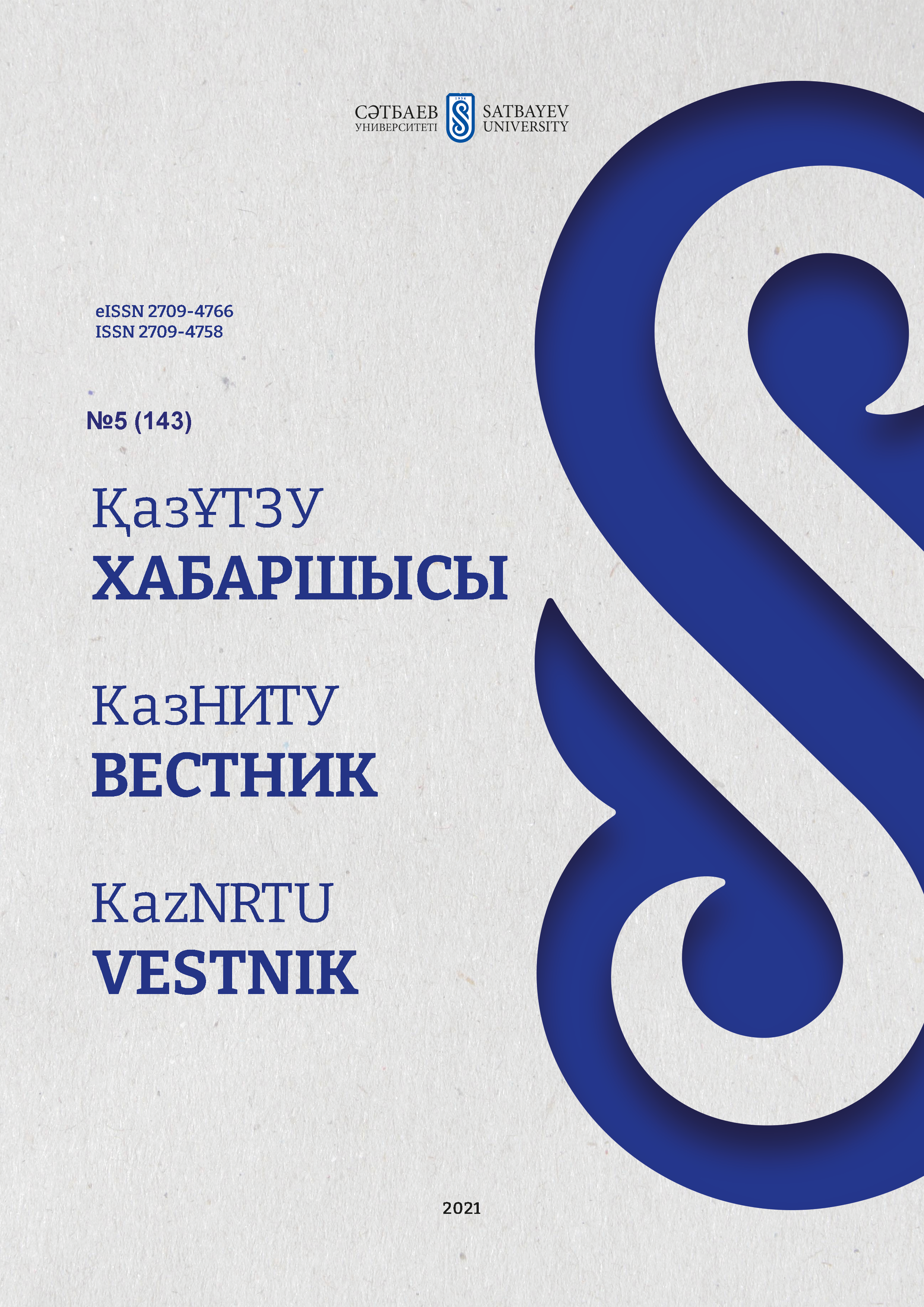The set of distinctive properties of the stages of development of VR software
DOI:
https://doi.org/10.51301/vest.su.2021.i5.20Keywords:
virtual reality (VR), mixed reality, unity, planning, prototyping, visualization, assemblyAbstract
his paper presents a methodology that can be used to create immersive virtual reality applications for teaching, conceptual modeling in the field of virtual reality, and specifically virtual prototyping, in various fields of application. The main stages of virtual reality application development are analyzed: planning; visualization; programming; user interface; testing, as well as tasks for the virtual assembly of parts, solved using a set of software and hardware visualization tools. The use of virtual reality technologies in the educational process can improve academic performance and at the same time reduce the number of errors and costs. Virtual learning experiences should not be about learning, so these learning environments need to be designed with a constructivist approach to reap the full benefits of learning.
Downloads
Published
How to Cite
Issue
Section
License
Copyright (c) 2021 VESTNIK KAZNRTU

This work is licensed under a Creative Commons Attribution-NonCommercial-NoDerivatives 4.0 International License.
<div class="pkpfooter-son">
<a rel="license" href="http://creativecommons.org/licenses/by-nc/4.0/"><img alt="Creative Commons License" style="border-width:0" src="https://i.creativecommons.org/l/by-nc/4.0/80x15.png"></a><br>This work is licensed under a <a rel="license" href="http://creativecommons.org/licenses/by-nc/4.0/">Creative Commons Attribution-NonCommercial 4.0 International License</a>.
</div>





